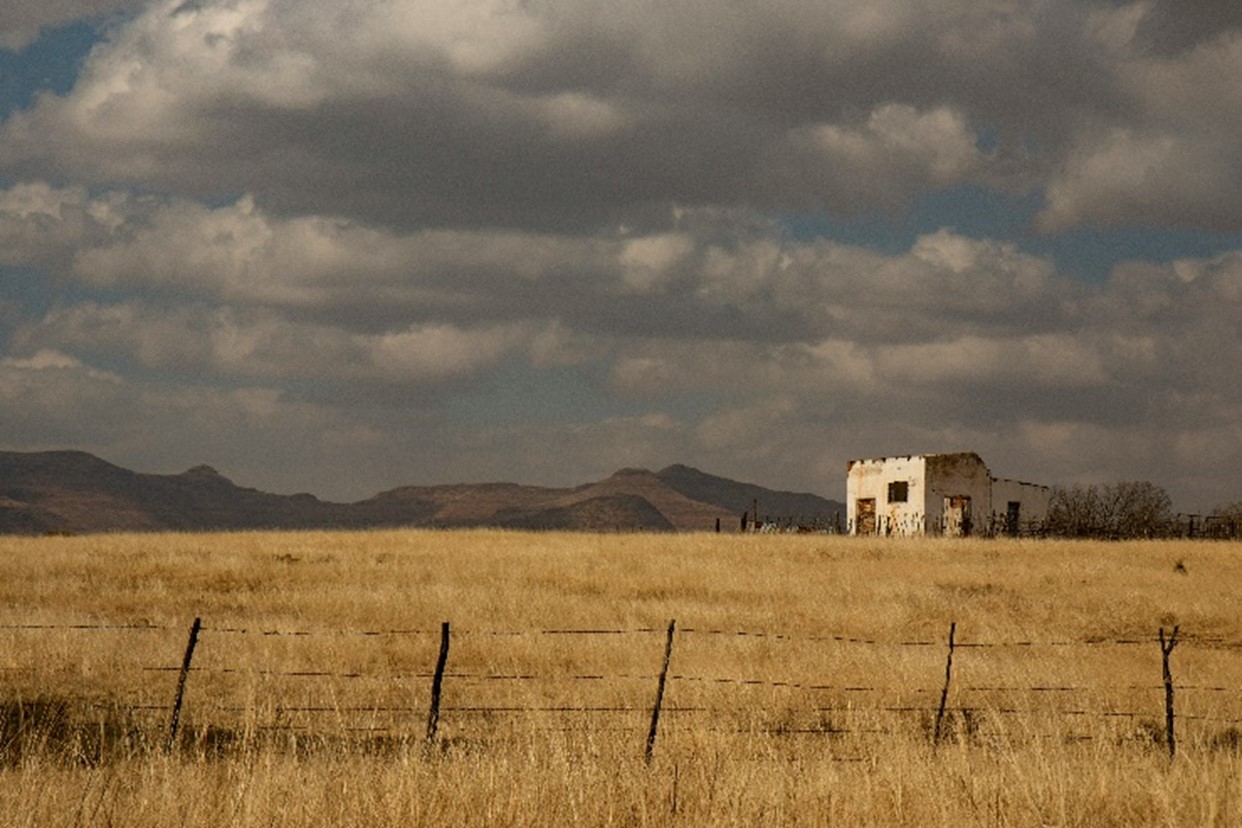
Walther, O., Radil, S., Russell, D. (2024). The spatial conflict life cycle in Africa. Annals of the American Association of Geographers, DOI: 10.1080/24694452.2024.2428812.
ABSTRACT: The growing availability of geospatial data that document both how violent actors are connected and where their attacks take place offers a unique opportunity to produce a more integrated approach to the evolution of armed conflicts. The goal of this article is to contribute to this agenda, by introducing the concept of the spatial conflict life cycle. This new concept allows for spatializing conflict networks over time by bringing together three approaches that have been developed separately: spatial analysis, network analysis, and temporal analysis. After reviewing the literature, we note that applications of space, networks, and time have been limited to combinations in pairs. The article then discusses how the concept of spatial conflict life cycle can conceptually bring them all together and how it can be applied to study the evolution of armed conflicts in Africa using disaggregated data from the Armed Conflict Location & Event Data (ACLED) Project. Our results suggest that African armed conflicts express regularities in the way violence is spatially and temporally distributed. Conflicts tend to follow a certain number of common temporal stages in their geography that resemble a cycle, from the moment they emerge in specific regions, until they end.